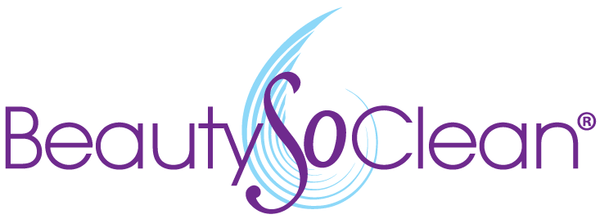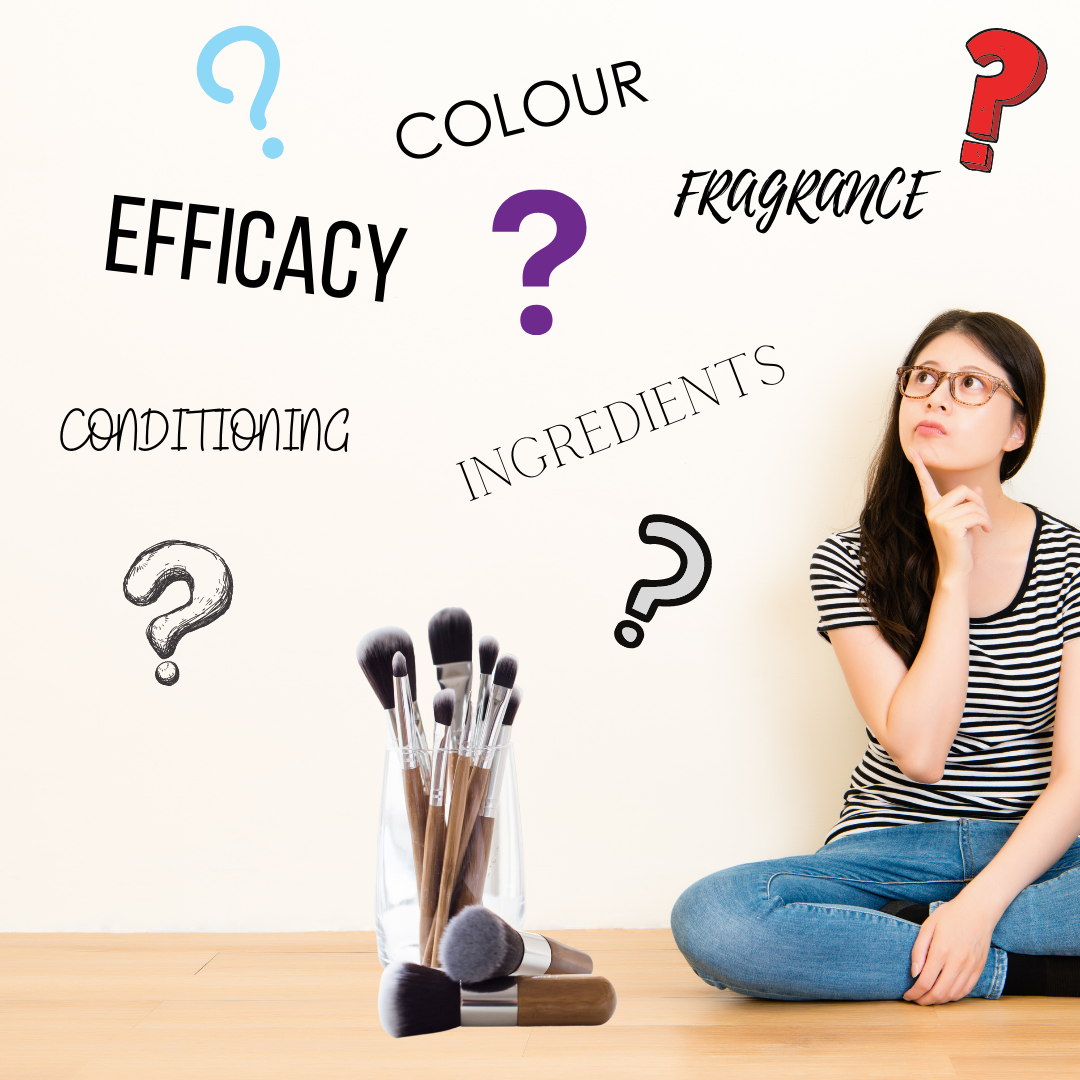Are all brush cleaners created equal?
As professional makeup artists all know, a good brush cleaner is worth its weight in gold! When you are on the go, with multiple bookings, a no-rinse, quick drying brush cleaner is a lifesaver.
Right now, there are more of these formulas on the market than ever before. They all claim to remove stubborn cosmetic residue quickly and efficiently. Some even claim to be anti-bacterial. With all the different options available, how do you choose what goes in your kit? In this post, we will examine the following important factors:
-
Ingredients
-
Efficacy
-
Colour & Fragrance
-
Brush Condition
Ingredients:
Brush Cleaners generally require the following features to function:
Active Ingredient: The main ingredient to make the brush cleaner work. Usually a form of alcohol. The quality of active ingredients has a direct effect on the safety and efficacy of the product – inferior grade alcohol can damage your brushes and leave an awful odour. Look for brands that use USP grade, 190/200 proof alcohol.
Surfactant: The cleaning agents that remove pigment and residue from the brush bristles, and act as a de-greaser.
Emollient / Stabilizer: The lubricating, thickening agent that prevents water loss and has a softening and soothing effect. Often acts as a stabilizer to keep the formulation intact.
It's important to remember that what we put on our brushes and tools, ultimately ends up on our makeup, and skin. When choosing a brush cleaner, look for natural or naturally-derived ingredients.
To underscore why it is so vital to read the ingredients label on your brush cleaner, here is a brief analysis of the main ingredients used in a few of the most popular brush cleaners:
ISOPARRIFIN HYDROCARBON |
ISOPROPYLPARABEN, ISOBUTYLPARABEN, AND N-BUTYLPARABEN |
HYDROTREATED HEAVY NAPTHA |
| Isoparaffin is a petroleum-derived ingredient that is used in cosmetics primarily as an solvent or emollient. Since isoparaffins are derived from petroleum, there is concern for contamination with 1,4-dioxane, a substance known to potentially contribute to some cancers. 1,4-dioxane has also been linked with skin allergies and is a kidney toxin, neurotoxin, and a respiratory toxin. |
Parabens are preservatives used in cosmetics and beauty products, primarily as an antimicrobial and antifungal preservative to prolong the shelf life of formulas. The main issue with certain parabens seems to be its ability to mimic estrogen. This can be a big problem if parabens enter the body in large amounts (or accumulate) because it can throw off the endocrine system, which is responsible for secretion of hormones that regulate many processes in our bodies. It is important to note that isobutylparaben and other parabens are banned from skin care products in the EU. |
A complex combination of hydrocarbons obtained by treating a petroleum fraction with hydrogen in the presence of a catalyst. Used in brush cleaners as a Surfactant, this substance is also used in the following products: fuels, air care products, anti-freeze products, coating products, lubricants and greases, washing & cleaning products and welding & soldering products. |

Other harmful ingredients to look out for:
- Parabens like Propylparaben and Isobutylparaben
- Chemical UV filters Octinoxate and Oxybenzone
- Diethanolamine (DEA)
- Triclosan
- Phthalates like Dibutyl phthalate
- Sodium laureth sulfate (SLS)
- Formaldehyde
- Polyethylene (PEGs) like PEG-10 laurate
- Butylated hydroxyanisole (BHA)
Does your brush cleaner contain harmful or toxic ingredients?
Efficacy:
Cleaning brushes can be a chore, so why just clean when you can clean and sanitize? As a professional Makeup Artist working with many different clients, it is essential to practice sanitary techniques with each individual client.
Does your brush cleaner have proven efficacy results available?
Colour & Fragrance:

For some people, scented products may trigger migraines, breathing problems, even neurological effects. As many as 30 percent of people surveyed in a study from the University of West Georgia said they find scented products irritating. Those with asthma or chemical sensitivities may find strong scents particularly problematic due to the allergy-like symptoms they cause. People who already have allergies, like seasonal allergies or allergies to indoor allergens like molds and animal allergens, may be more likely to experience fragrance sensitivities.
As the adage says, “better safe than sorry”! Since you are going to be cleaning and sanitizing your brushes in front of your clients, or even in the same room, beware of brush cleaners that boast a strong fragrance and could trigger a reaction.
Does your brush cleaner have a strong, lingering fragrance?
Brush Condition:
Your brush is clean, the colour from your eyeshadow is gone, no more foundation remains. What does your brush feel like? Stiff and dry? Oily or greasy? Somewhere in between?
When using many brush cleaners, excess oil solvents will be absorbed into natural hair brushes, but a slightly oily residue will remain on non-porous synthetic brushes. There is also the danger that your light-coloured or white brushes end up stained by the tint in the brush cleaner.
A good brush cleaner should leave your brushes soft and conditioned. They should look and feel like they did the day you bought them!
Does your brush cleaner leave your brushes conditioned and fresh?
In conclusion, do your research! Your brushes are a costly investment, and an essential tool in your kit. Since cleaning and hygiene is a must, choose a brush cleaner that effectively cleans, sanitizes, and protects your purchase while keeping your clients safe.
Find out which BeautySoClean brush cleaner is right for you, by clicking here.


